Why No One Should Pass Up Swim Lessons
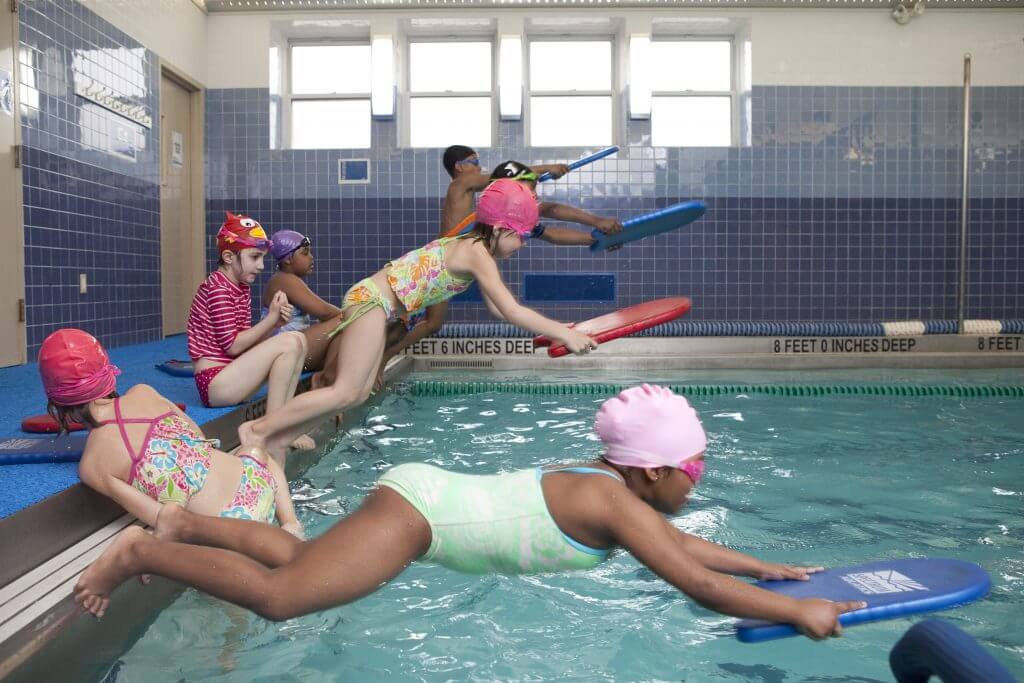
By Julia Cunningham, Swimming World College Intern
The first thing my family did as, well, a family was to go swimming. My dad borrowed a suit from a friend that was a few sizes too large for me and we hopped into the hotel pool. From there my parents went on to put me through beginning and then more technical lessons. They never put me in floaties: they wanted me to be self-sufficient in the water.
Many children are not as fortunate as I was, and am. They may not have the resources to learn to swim, or their parents may never have thought it a necessary skill. There are increasingly more opportunities, as well as reasons, to learn to swim now. Not only are programs appearing across the country to help facilitate children and adults learning to swim, the statistics regarding accidental drownings remain alarmingly high.
It Can Happen to Anyone
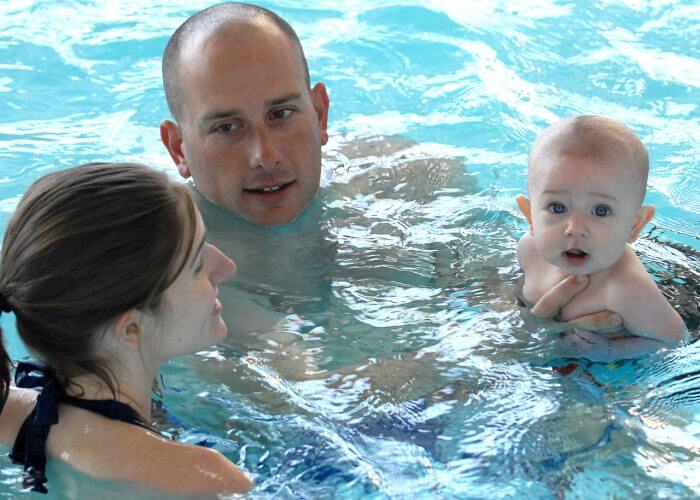
Photo Courtesy: Wikimedia.org
Take Cullen Jones as an example– a man whose story never ceases to amaze me. Less than two decades before he earned a gold medal in 2008, Jones almost died from drowning.
“I almost drowned at the age of five at an amusement park and I was fully supervised with my parents,” he told NBC news in 2015.
Unfortunately, this is not such a rare occurrence. There were an average of 3,536 fatal unintentional drownings each year between 2005 and 2014. About one in five victims of drowning are 14 years old or younger.
“The drownings that are happening all over the U.S. — and there are so many things that go on in the U.S. that we don’t have a solution for,” Jones explained. “But for drowning there is a solution and it’s swim lessons.”
Mary O’Donoghue, the Aquatics Director of the YMCA of Greater New York, fully agrees with this mentality. “Learning to swim is an ongoing message at the YMCA,” she told me over the phone. “Our goal is to teach comfort around the water.”
Don’t Put it Off
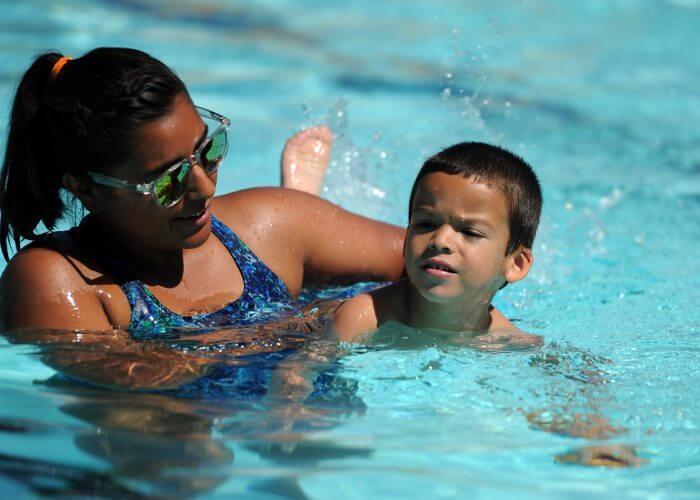
Photo Courtesy: 1 Windows
Getting over initial misgivings or fears is the hardest part, sometimes. “Some people may be scared to start swimming due to an experience from childhood, or parents unknowingly instilling fear in them by telling them all the things to avoid doing,” O’Donoghue said.
In fact, USA Swimming discovered that only 13 percent of children who come from a non-swimming household will ever learn to swim.
“We want them to get over their sense of apprehension so we can get more people in the water so they know what’s good and what’s fun, and how you can become better,” O’Donoghue added. “We are open to including everyone and at least allow them the opportunity to try. Once you get in it’ll be fun and see how much you can improve.”
Making Lessons Affordable
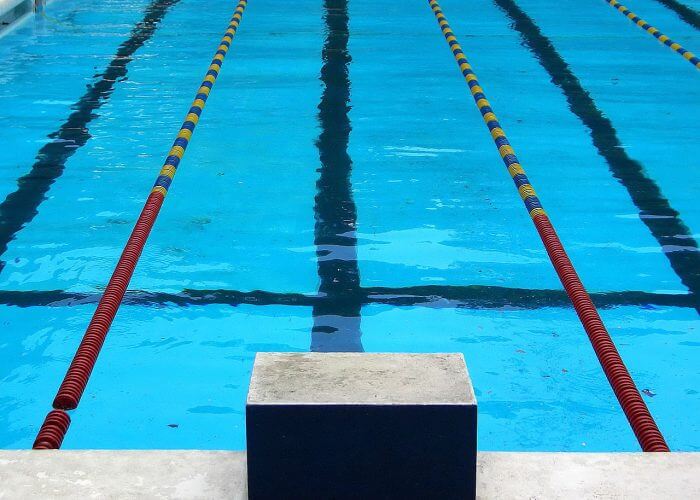
Photo Courtesy: Wikimedia.org
For that reason, the YMCA recently launched its program Teach New York City to Swim. “Teach New York City to swim was launched a few weeks ago to encourage learning to swim, with the point being to raise additional funding for those who can’t afford to learn to swim,” O’Donoghue said. “This will allow more people to be able to learn how to swim.”
USA Swimming and Jones’ Make a Splash campaign, meanwhile, focuses on third graders. Since its introduction in June of 2015, “Make a Splash has provided swim lessons for more than 3.3 million children nationwide and granted more than $3.6 million for free and reduced-cost swim lessons to date.”
Programs such as Make a Splash and Teach New York City to Swim are essential to keeping children safe. Especially in the summer, when everyone wants to cool off, it helps everyone relax knowing your children are safe playing around a pool or any body of water.
Go! Learn to Swim!
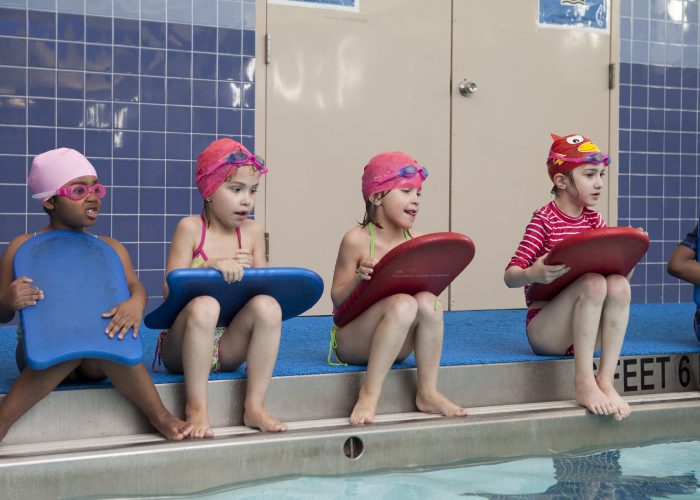
Photo Courtesy: Chasi Annexy
O’Donoghue went on to share some of the things that the YMCA teaches beginning swimmers.
“For someone who is just beginning to learn to swim, first we’ll teach them to figure out how the water works in relation to your body: how it is resistant and how to float.” At the YMCA, lessons begin for children as early as six months, “because that’s when they can keep their head up by themselves.”
In addition, the lifeguard and swim-instruction certified teachers at the YMCA teach what to look out for: stick to areas with lifeguards or designated swim areas.
“Learn to swim in the right places and know your own capabilities,” O’Donoghue went on, “like being able to put your feet on the ground and following directions. “We want to get people in the water so they know what’s good and what’s fun, and how you can become a better swimmer,” O’Donoghue concluded.
Whenever non-swimmers learn that I am a swimmer, they always joke about how ungraceful or unathletic they themselves are in the water. My response is always, “well, as long as you can swim that’s all that matters.” While it is important for children to feel comfortable in the water, it is never too late to begin learning to swim.
Just being aware of your limits and knowing how to remain ”water safe” is a very important thing. Additionally, “One thing I would add is the best form of prevention against drowning is close supervision, enjoying water where there’s a lifeguard, and making sure your child gets a break,” O’Donoghue said. “Even if they can swim fairly well, after two or more hours of playing, they can get tired. Keep cool, take a swim lessons and learn how to enjoy the water safely.” Because who knows? Maybe you’ll end up with an Olympian in your house.




Kelly Harms
Laura Ballesteros-Sausage
Andrea Cornett
Every child should learn to swim by age 5 at the latest.
Zoe McIlmurray
Hanoi Aquatics Eduard Aggenbach
They can not swim